
If you’re a fan of indulging in the rich, aromatic, and flavorful delight that is biryani, Pakistan is undoubtedly a paradise for your taste buds. This iconic South Asian dish, known for its vibrant blend of spices, tender meat, and fragrant rice, holds a special place in Pakistani cuisine. Whether you’re a local or a traveler, seeking out the best biryani sellers is a culinary adventure that will take you on a journey through the diverse flavors of this beloved dish. In this article, we explore the best 15 best biryani sellers of Pakistan, each offering its unique take on this delectable masterpiece.
Biryani, with its roots tracing back to the Indian subcontinent, has evolved into a culinary masterpiece that varies from region to region. In Pakistan, this dish has taken on numerous forms, influenced by local flavors and traditions. Let’s embark on a flavorful journey as we uncover the top 15 biryani sellers in Pakistan, each contributing its unique essence to this beloved dish.
1. Student Biryani: A Time-Tested Classic
With branches scattered across major cities like Karachi, Lahore, and Islamabad, Student Biryani has stood the test of time. Known for its consistent and delightful biryani, this brand has been satisfying cravings for decades.

2. Biryani Centre: The Essence of Hyderabadi Flavors
Originating from the biryani capital of Hyderabad, Sindh, Biryani Centre captures the true essence of Hyderabadi biryani. It’s a must-visit for anyone seeking an authentic experience.
3. Waheed Biryani: Lahore’s Traditional Treasure
Waheed Biryani in Lahore is a treasure trove for traditional biryani enthusiasts. Its aromatic and rich flavors are reminiscent of the city’s culinary heritage.
4. Naseeb Biryani: The Spicy Sensation
Naseeb Biryani in Karachi, with its multiple locations, offers biryani with a spicy kick that tantalizes your taste buds. If you’re a fan of heat, this is the place to be.

5. Al-Rehman Biryani: Karachi’s Flavorful Delight
Al-Rehman Biryani (Kharadar & Saddar) in Karachi is known for its generous portions and mouthwatering flavors.
6. Biryani of the Seas: Karachi’s Culinary Gem
In the heart of Karachi, Biryani of the Seas stands out with its unique Karachi-style biryani, showcasing a blend of spices and flavors that represent the region’s culinary identity.
7. Mirchi 360: Fusion of Flavors in Lahore and Islamabad
With outlets in Lahore and Islamabad, Mirchi 360 offers a fusion of flavors in its biryani dishes, appealing to both traditional and contemporary palates.
8. Biryani Hut: Lahore’s Authentic Culinary Experience
Biryani Hut in Lahore offers an authentic culinary journey with its traditional flavors and commitment to quality ingredients.
9. Biryani Express: Quick and Tasty Delights in Islamabad
Biryani Express in Islamabad caters to those seeking a quick yet satisfying biryani experience, making it a go-to spot for biryani lovers on the go.

10. The Biryani House: Showcasing Peshawar’s Culinary Heritage
True to its name, The Biryani House specializes in authentic Peshawari-style biryani, reflecting the city’s diverse and vibrant food scene.
11. Ghousia Nalli Biryani: A Diverse Biryani Menu in Karachi
Ghousia Nalli Biryani offers a diverse menu of biryani variations, ensuring there’s something for everyone to enjoy.
12. Allah Wala Biryani: Unveiling Karachi’s Biryani Treasures
Allah Wala Biryani in Karachi takes biryani enthusiasts on a flavorful journey, uncovering the city’s biryani treasures through its delectable offerings.
13. Al-Maidah Biryani: Traditional Delights in the Heart of Peshawar
Delve into the traditional flavors of Peshawar with Al-Maidah Biryani, a culinary haven for those seeking the authentic taste of the city’s biryani.
14. Biryani Adda: Savory Biryani in Karachi
Biryani Adda in Karachi serves up savory biryani that captures the essence of this beloved dish, making it a favorite among locals.
15. Butt Biryani: Lahore’s Varied Biryani Delicacies
With multiple locations in Lahore, Butt Biryani Plus offers a variety of biryani delicacies that cater to different tastes and preferences.
Conclusion
Embarking on a journey through Pakistan’s top 15 biryani sellers is a flavorful experience that highlights the nation’s culinary diversity. Each biryani seller brings its unique touch to this beloved dish, making it a delight for food enthusiasts across the country.
Frequently Asked Questions (F.A.Qs)
Q1: What makes Pakistani biryani unique?
Ans: Pakistani biryani is characterized by its aromatic spices, tender meat, and fragrant rice, creating a symphony of flavors that’s unparalleled.
Q2: Are these biryani sellers suitable for vegetarians?
Ans: While some sellers offer vegetarian options, biryani is traditionally a meat-based dish. It’s best to inquire about vegetarian choices before visiting.
Q3: Is biryani spicy?
Ans: Biryani’s spice level can vary. Some variations are mildly spiced, while others can be quite hot. It’s recommended to ask about the spice level when ordering.
Q4: Do these sellers offer takeout options?
Ans: Yes, many of these sellers offer takeout services, allowing you to enjoy biryani from the comfort of your own home.
Q5: How do I choose the best biryani seller for me?
Ans: Consider your location, biryani preferences (spicy, mild, traditional, etc.), and reviews from fellow food enthusiasts to make an informed choice.










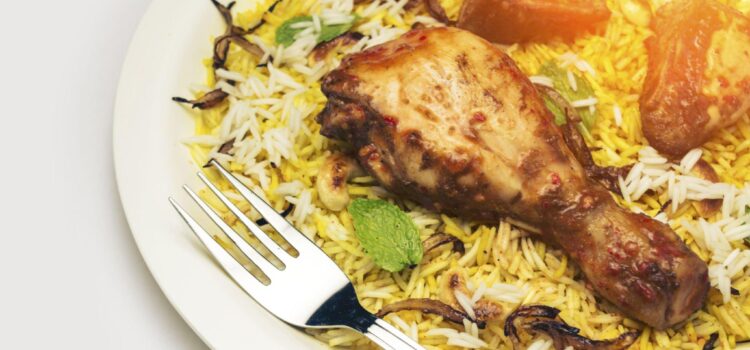

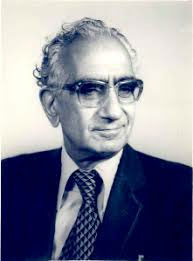









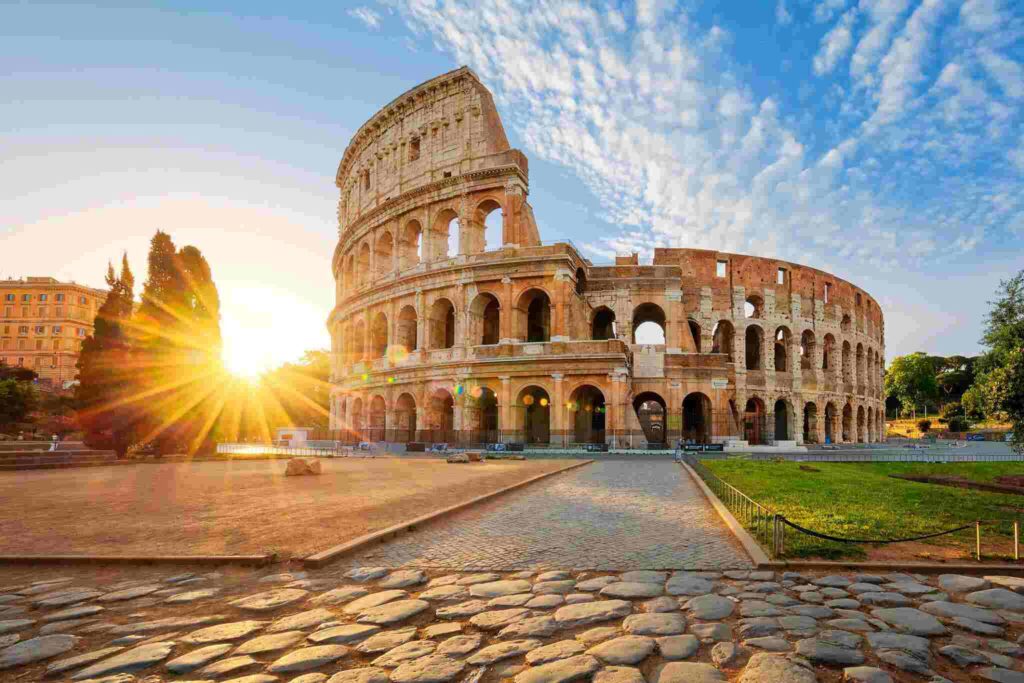
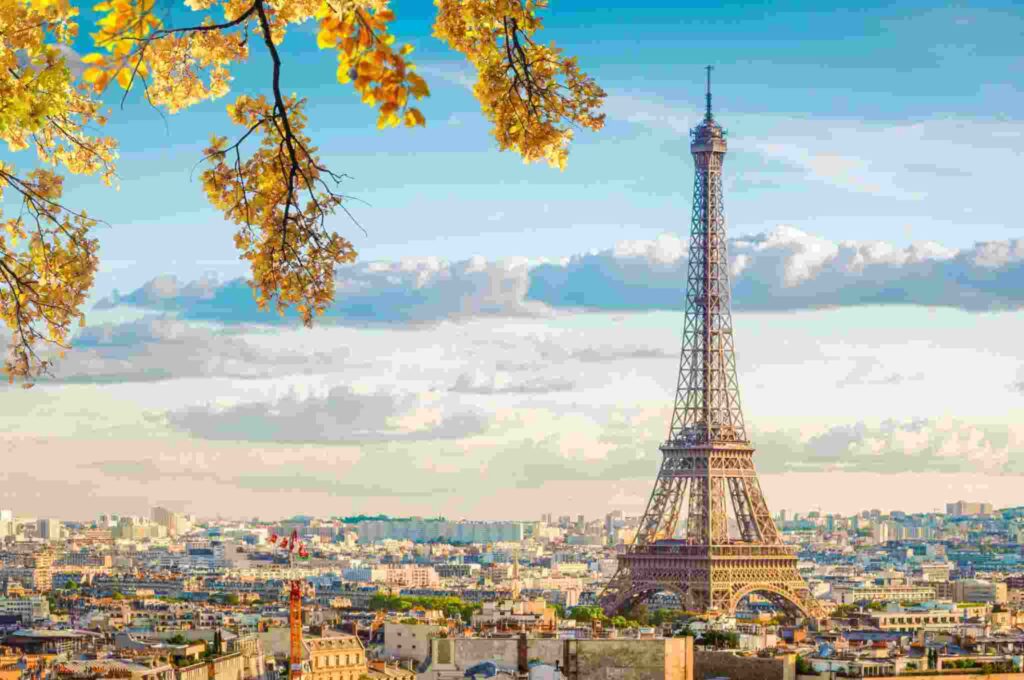
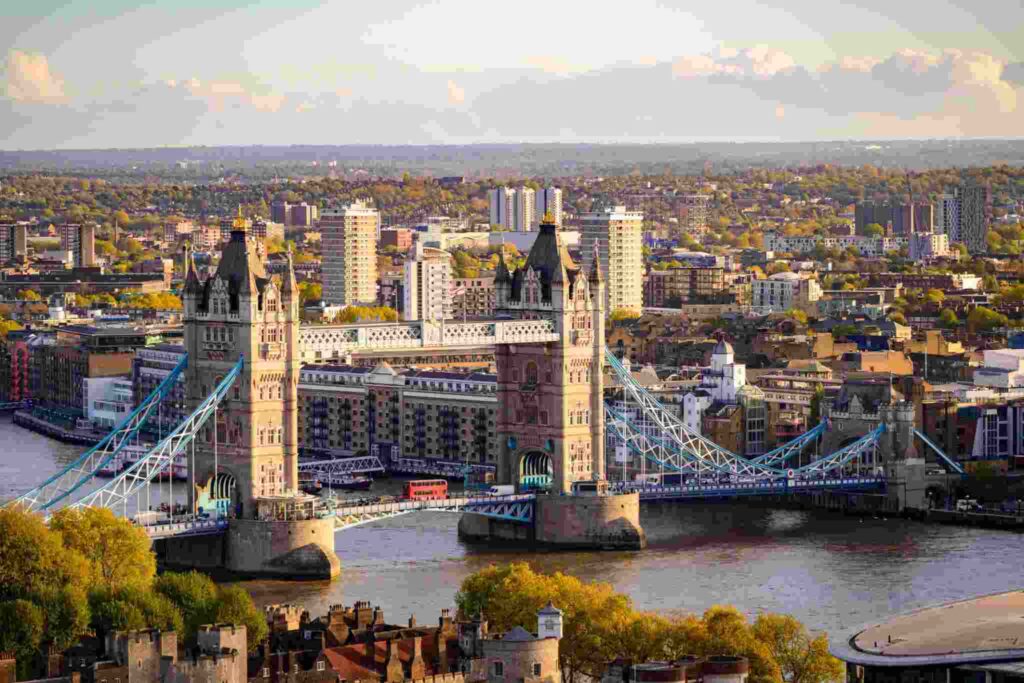
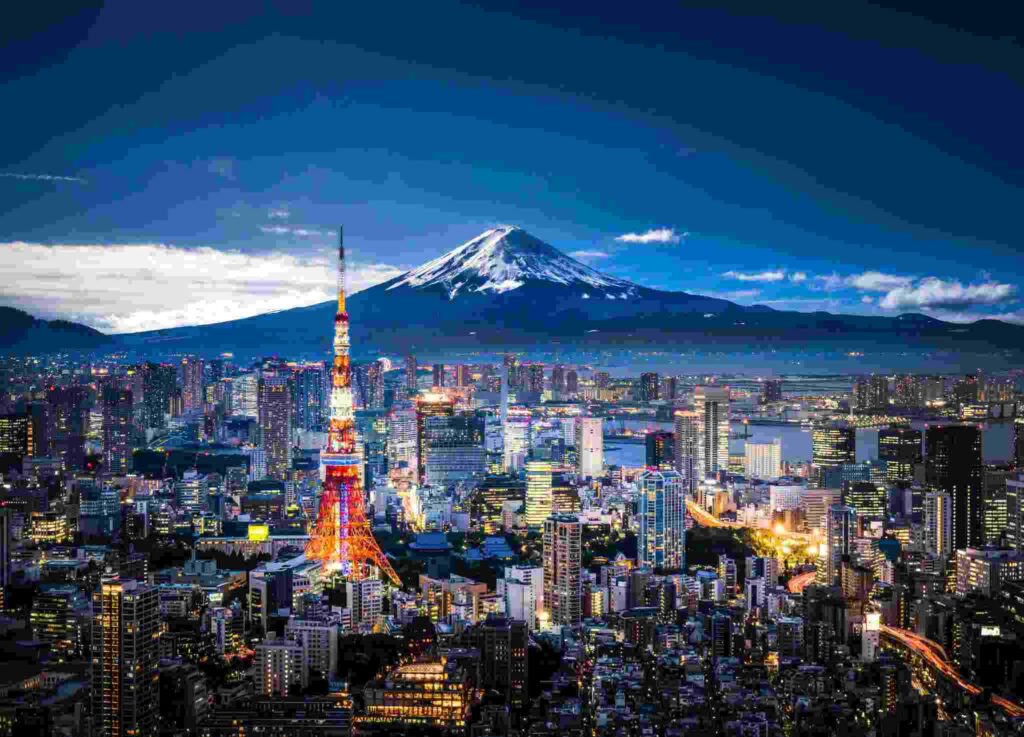

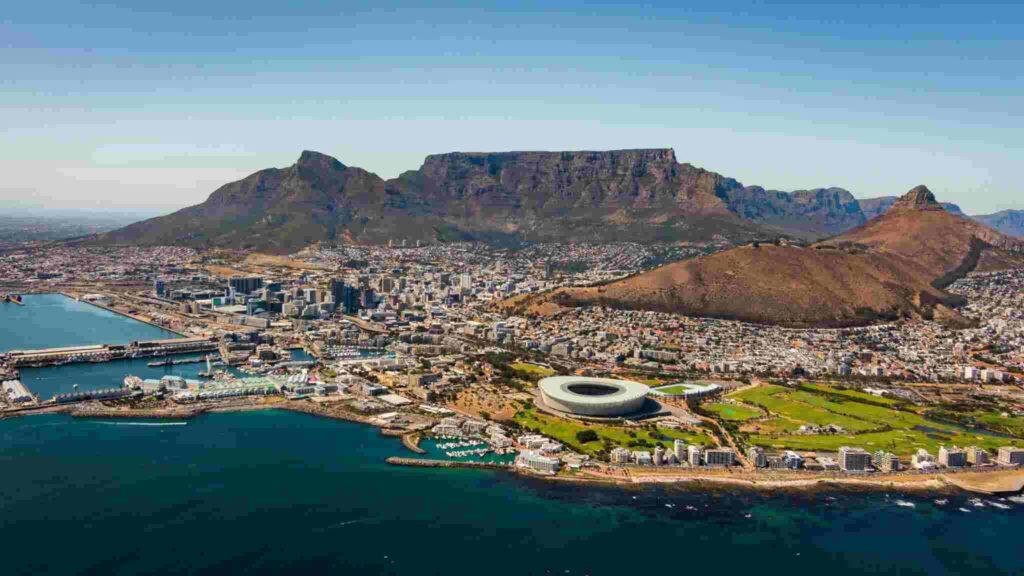
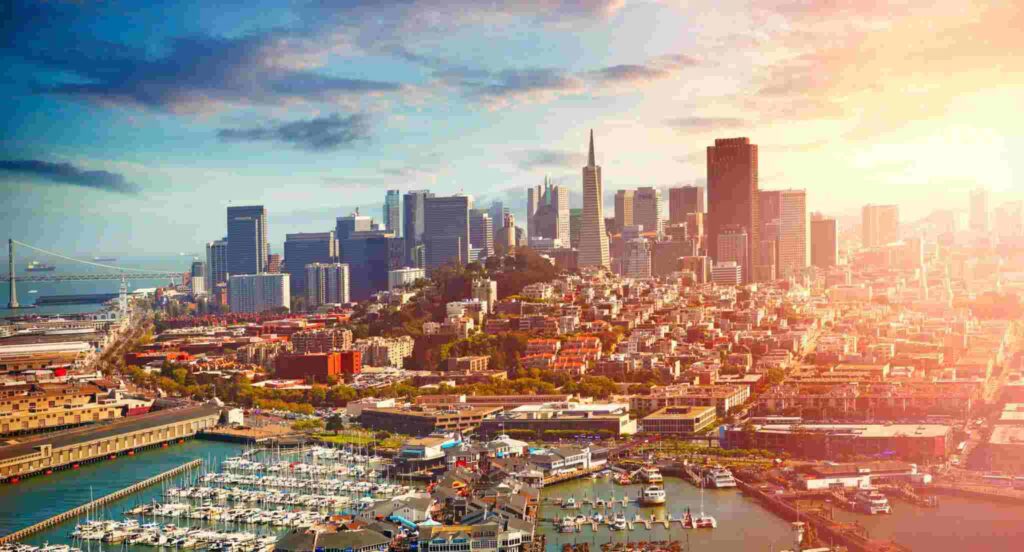
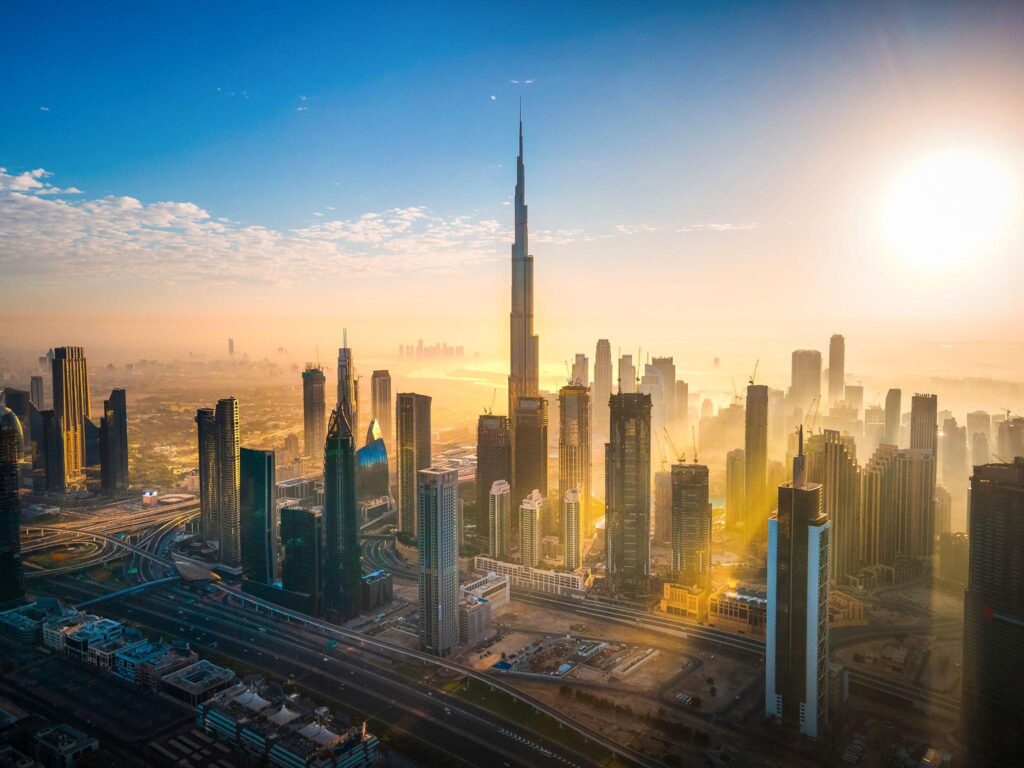
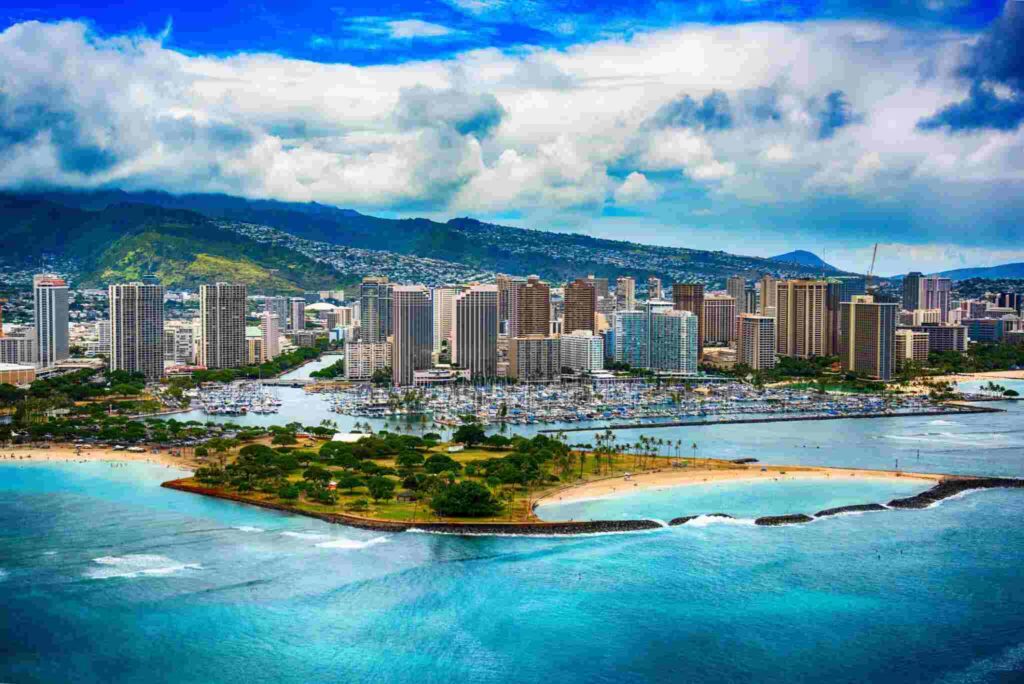
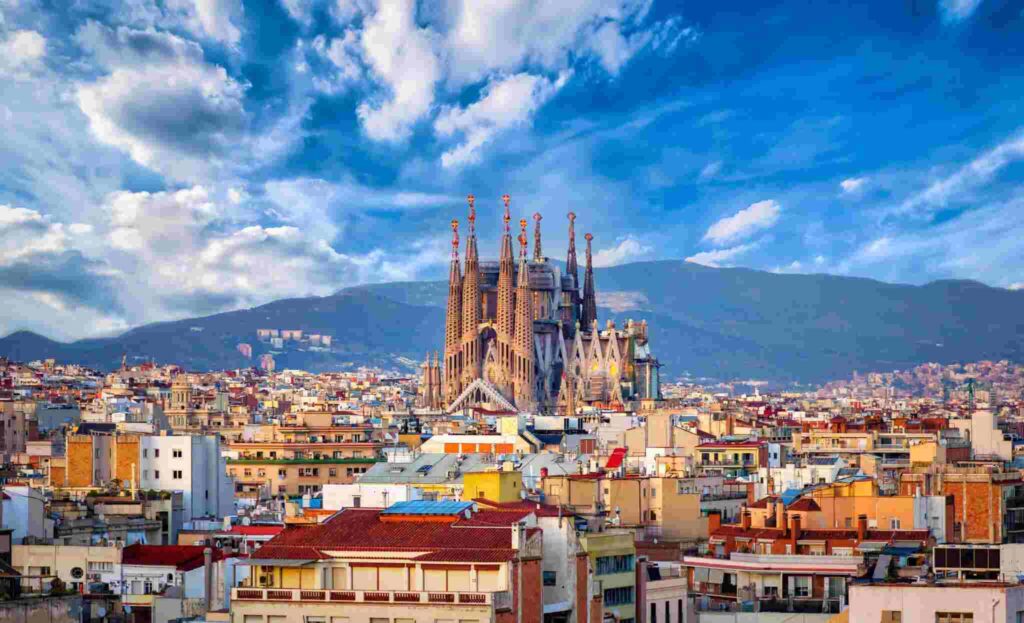

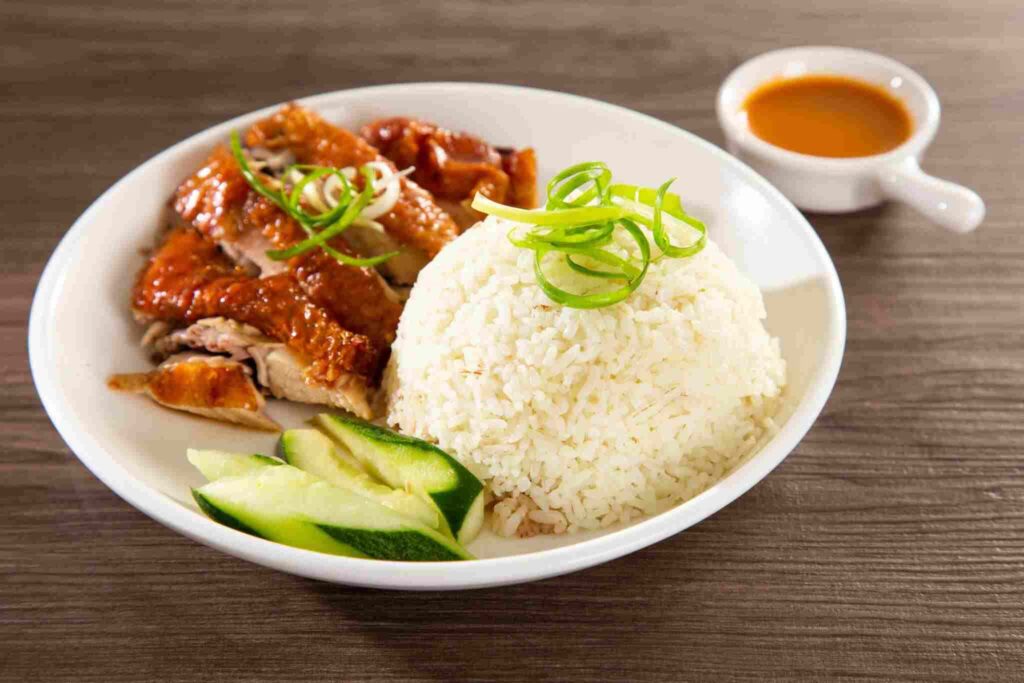



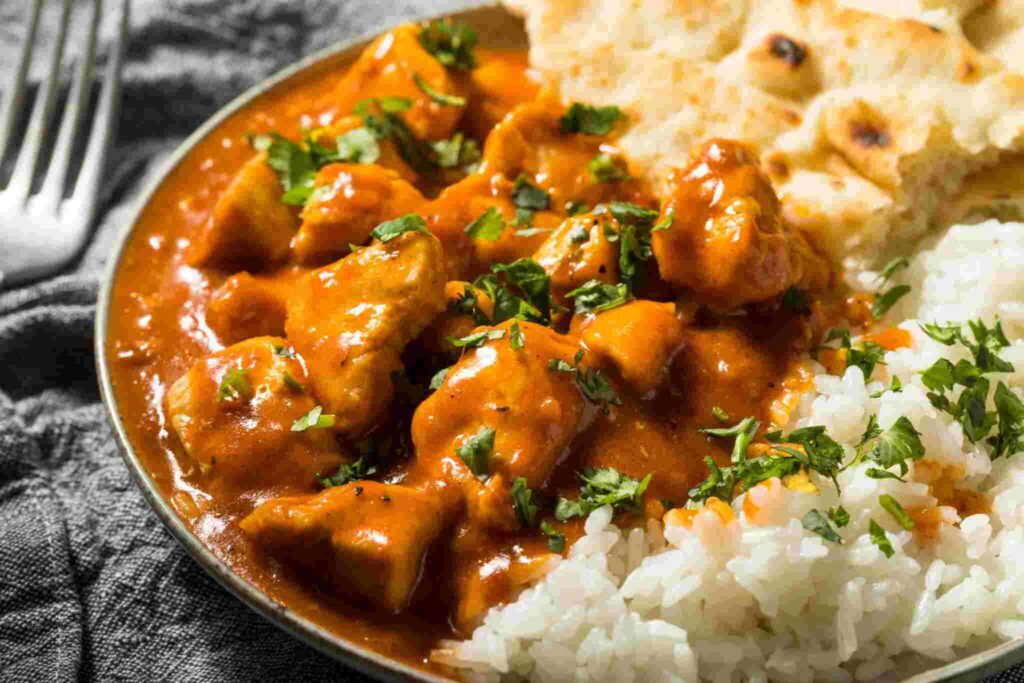
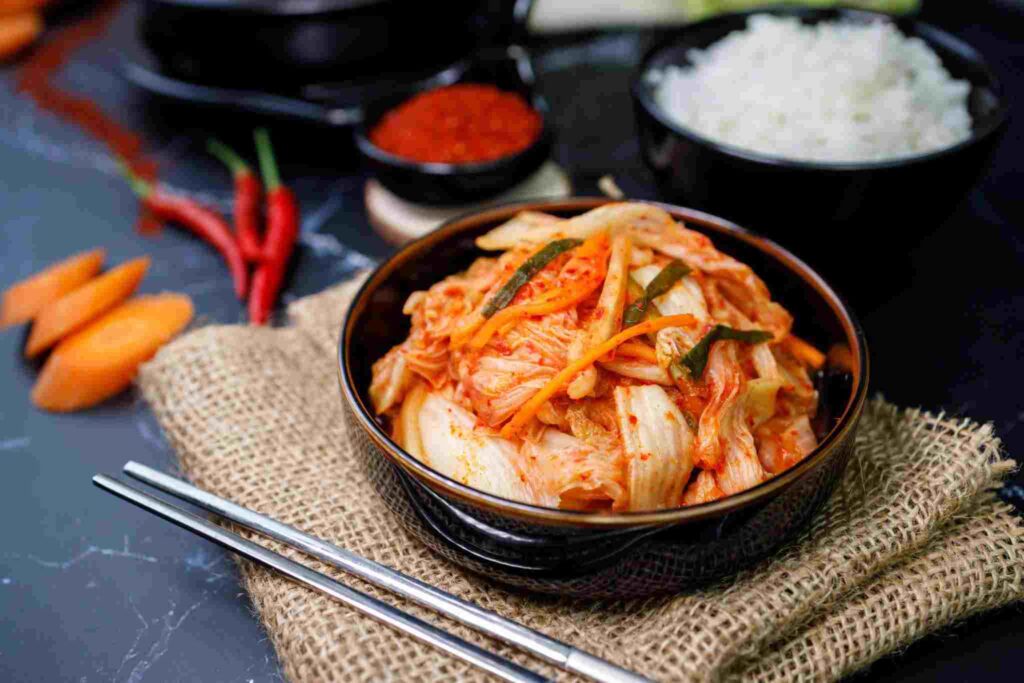
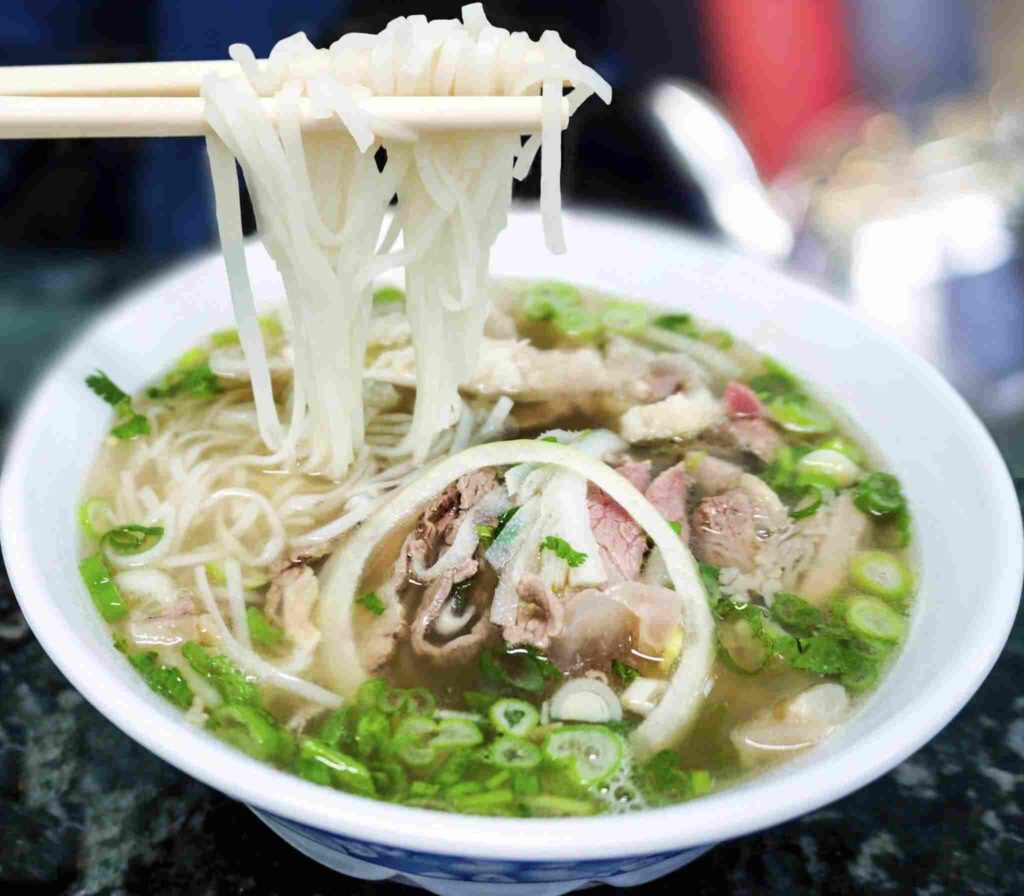
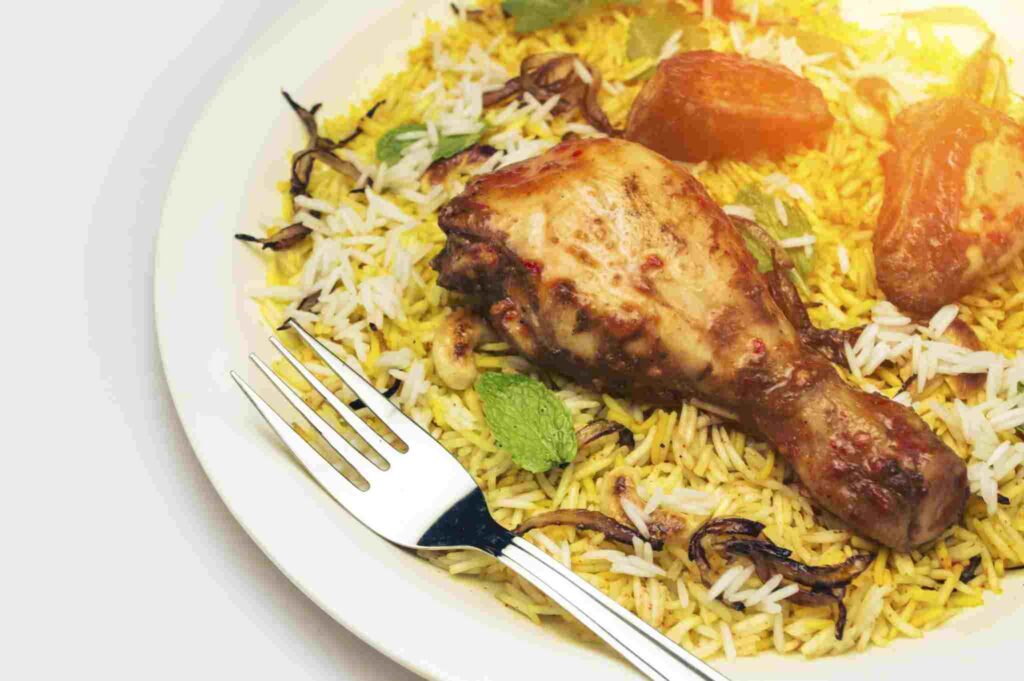
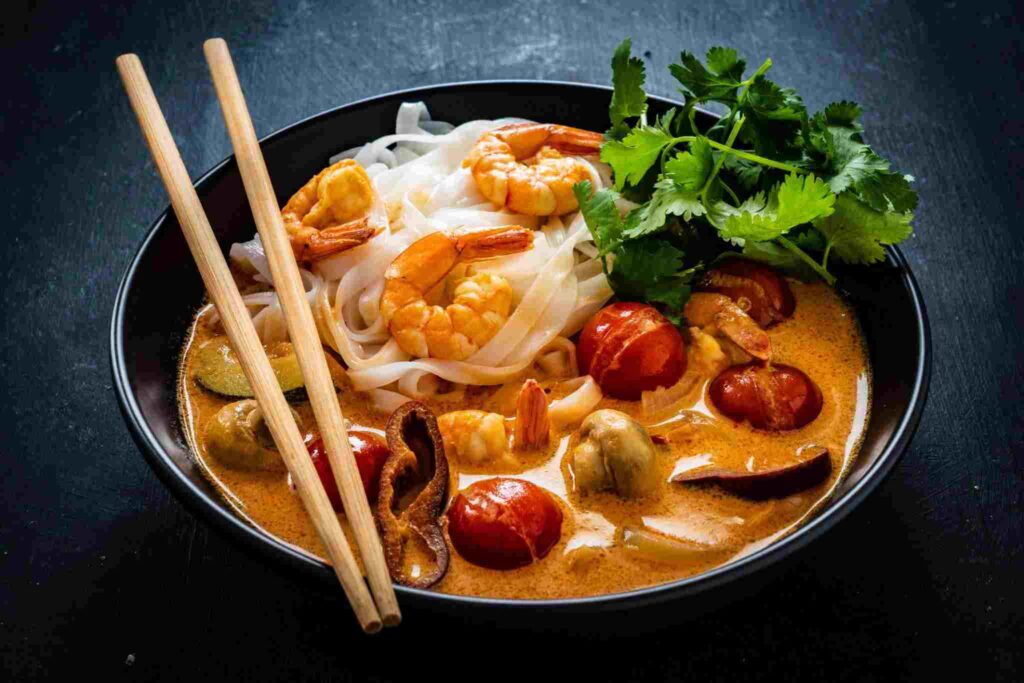


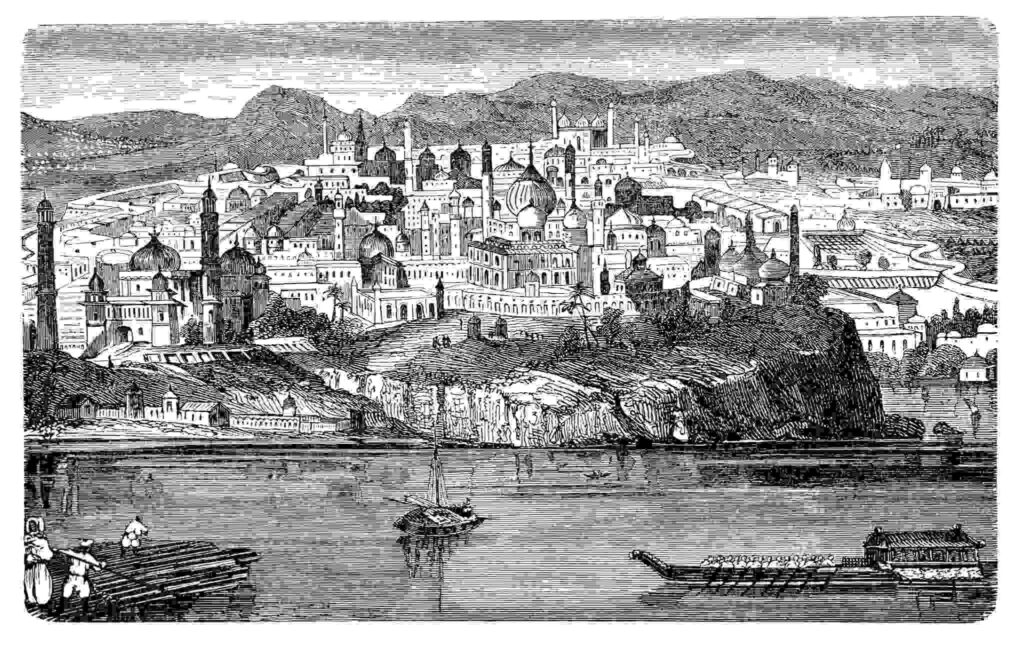

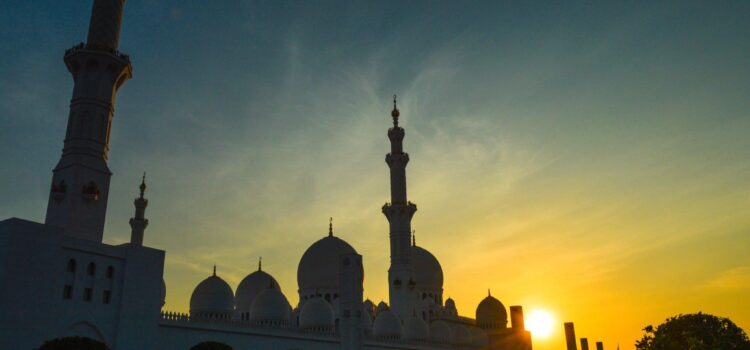
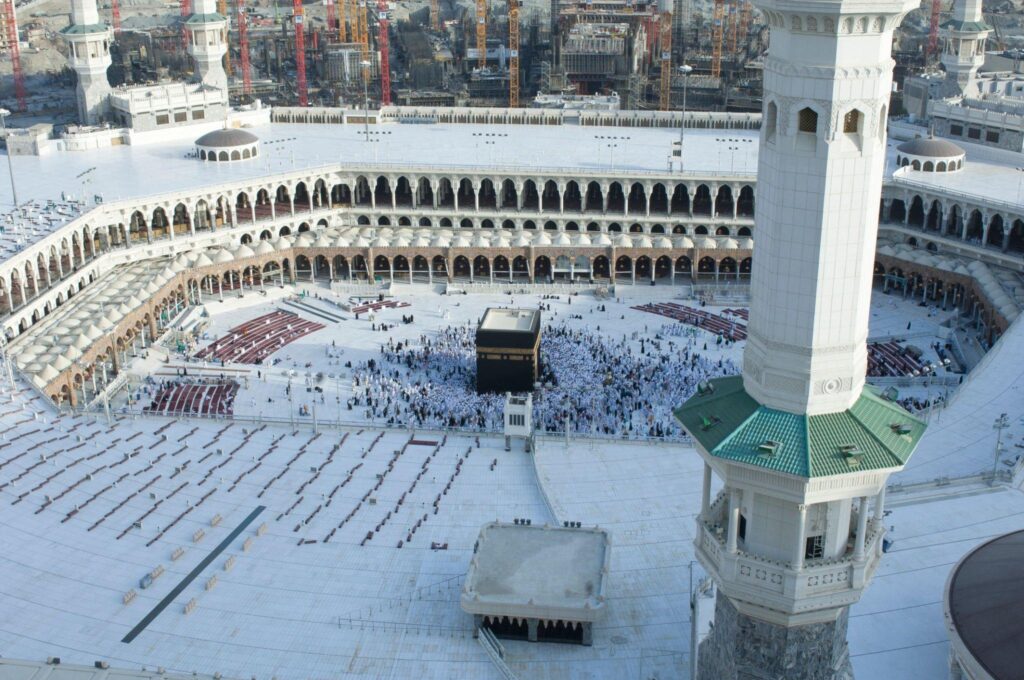
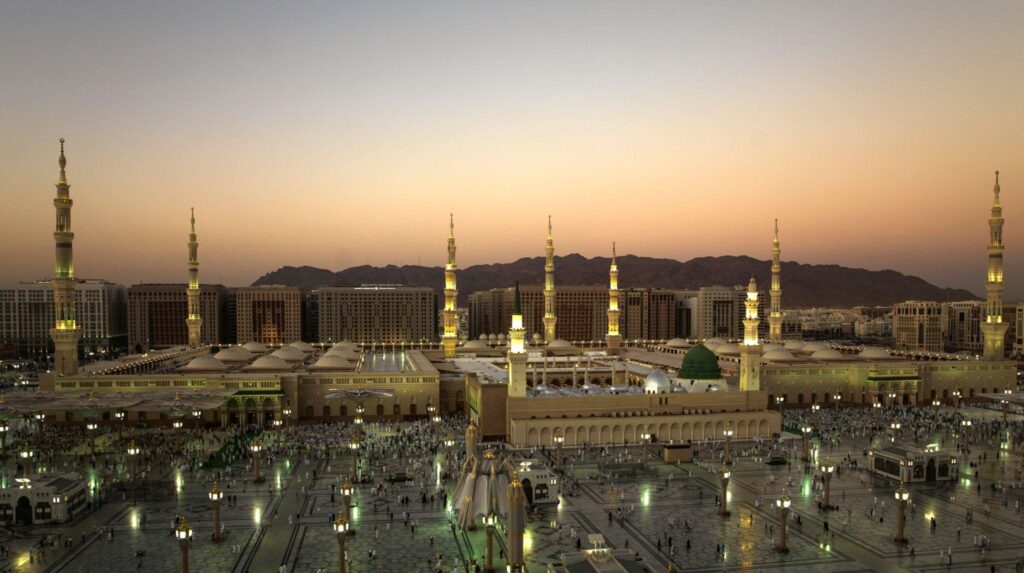
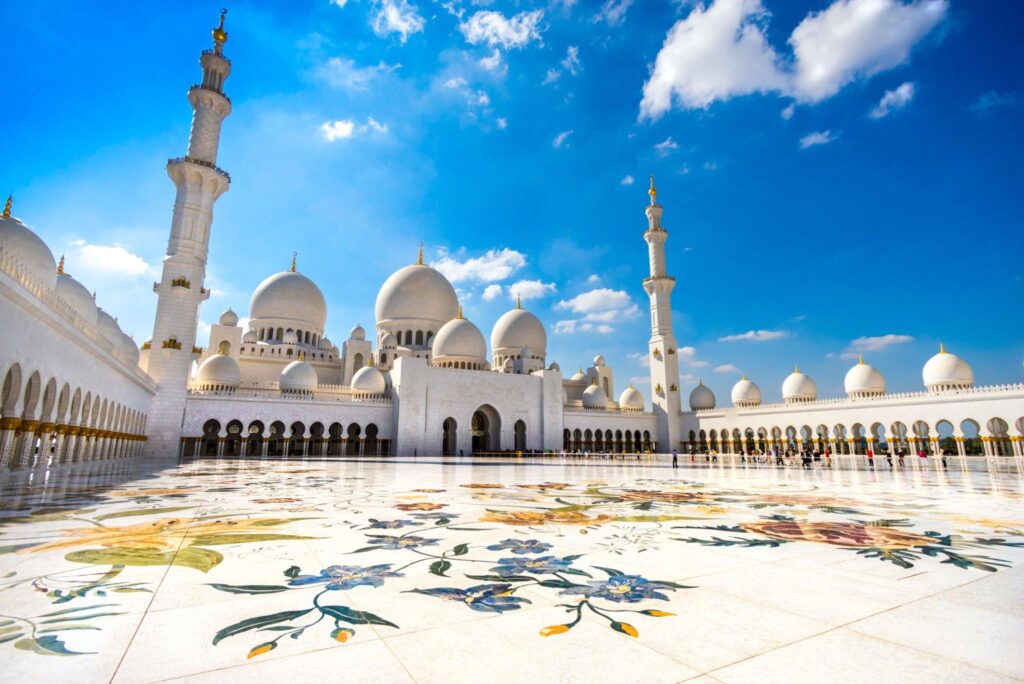
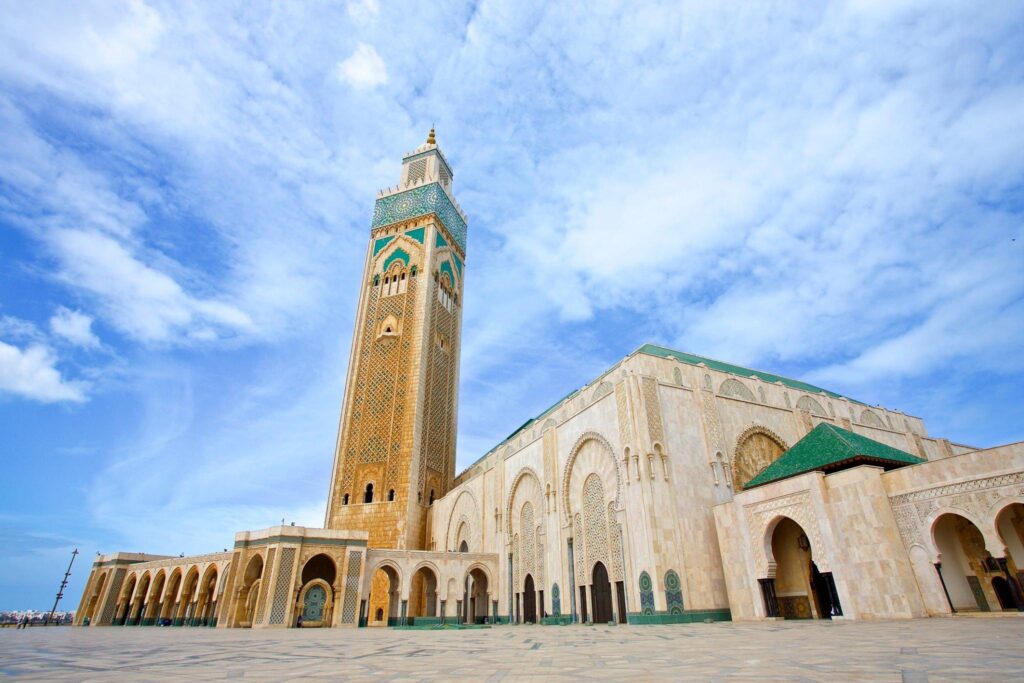
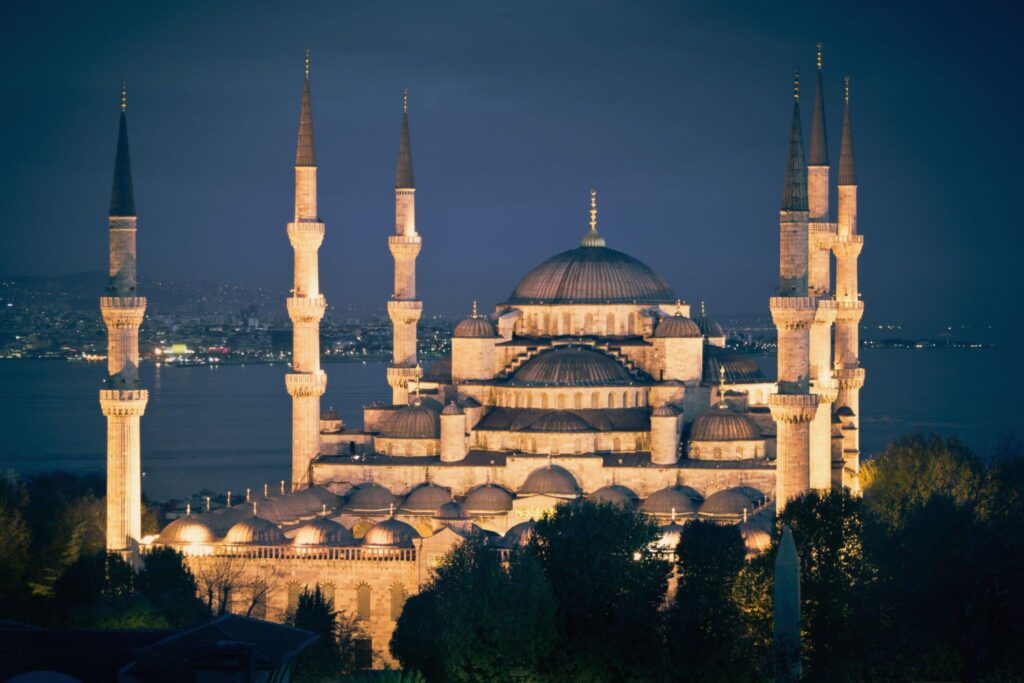
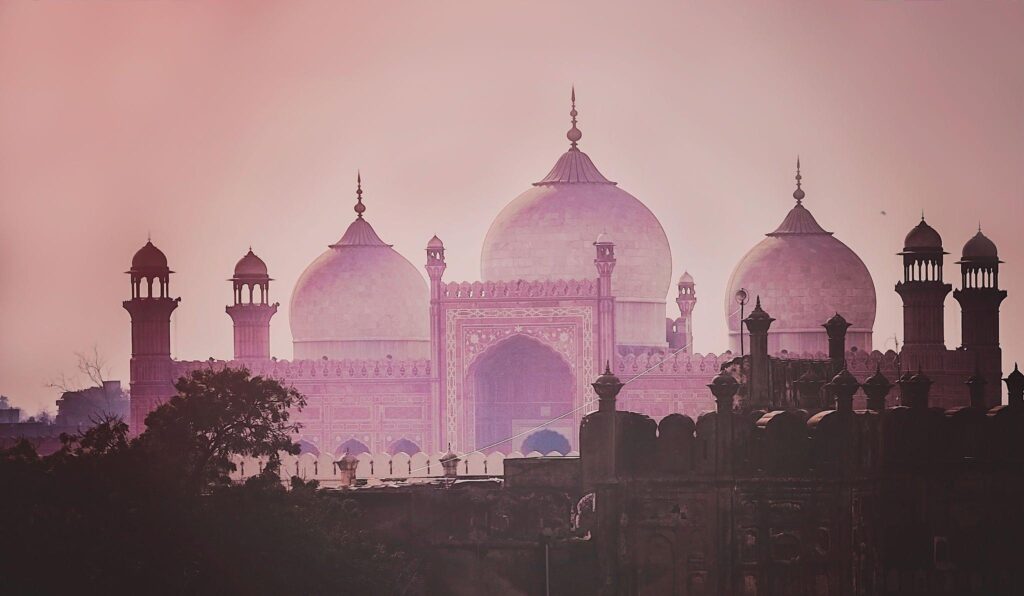
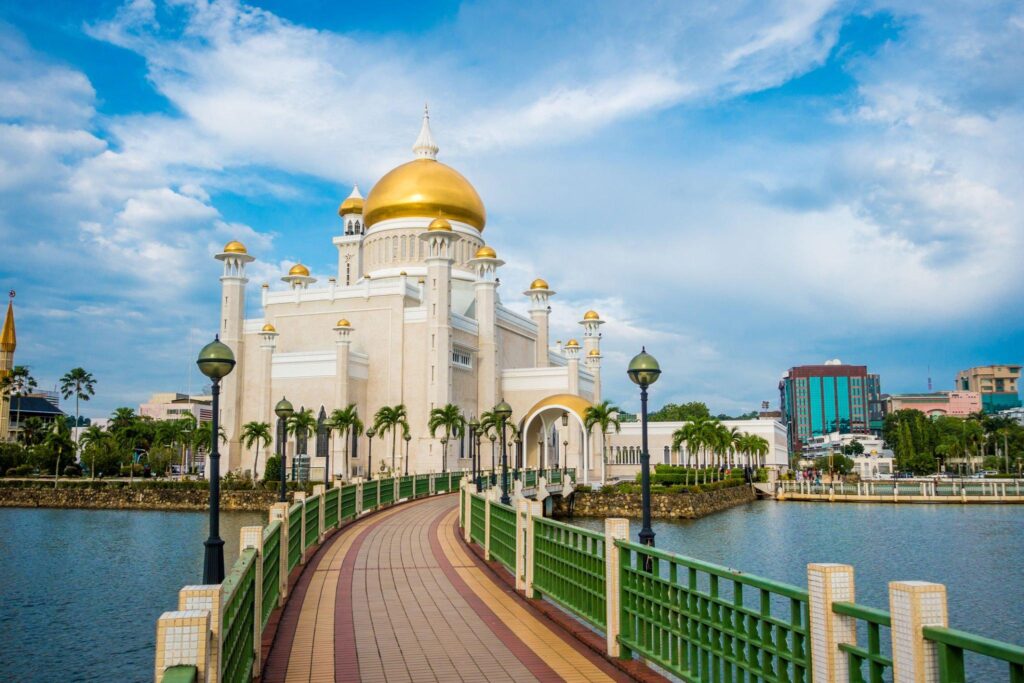
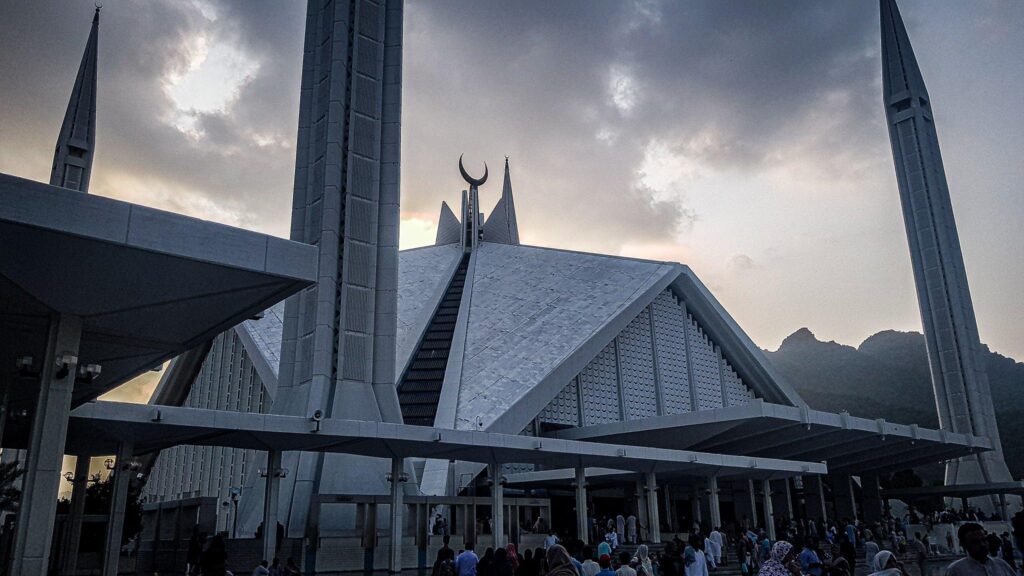

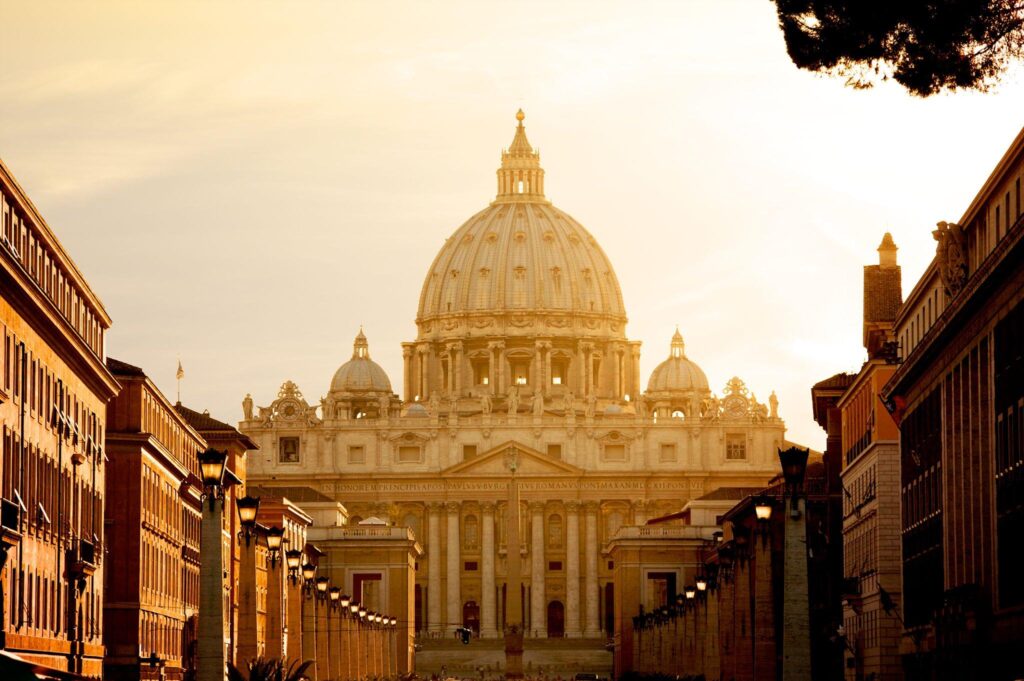
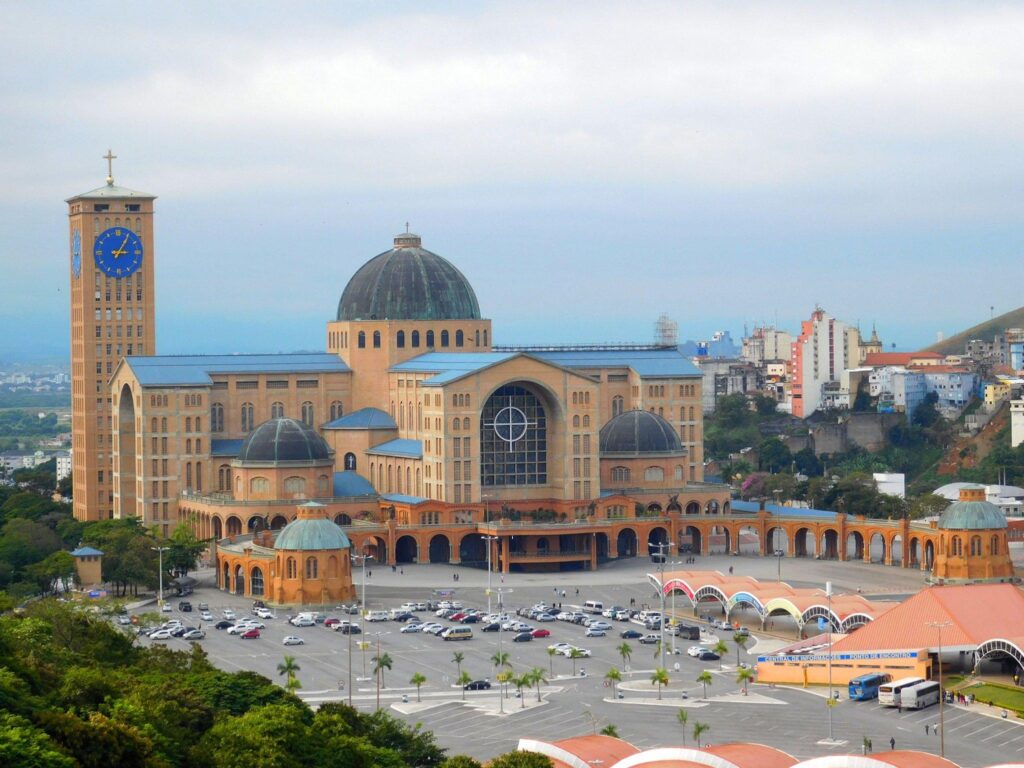
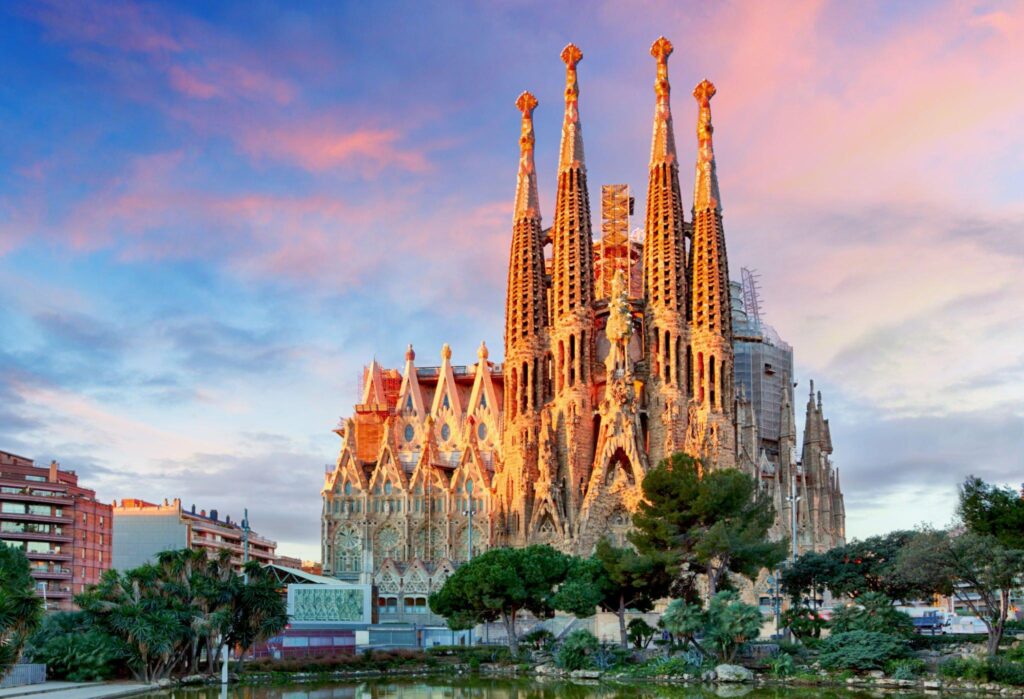
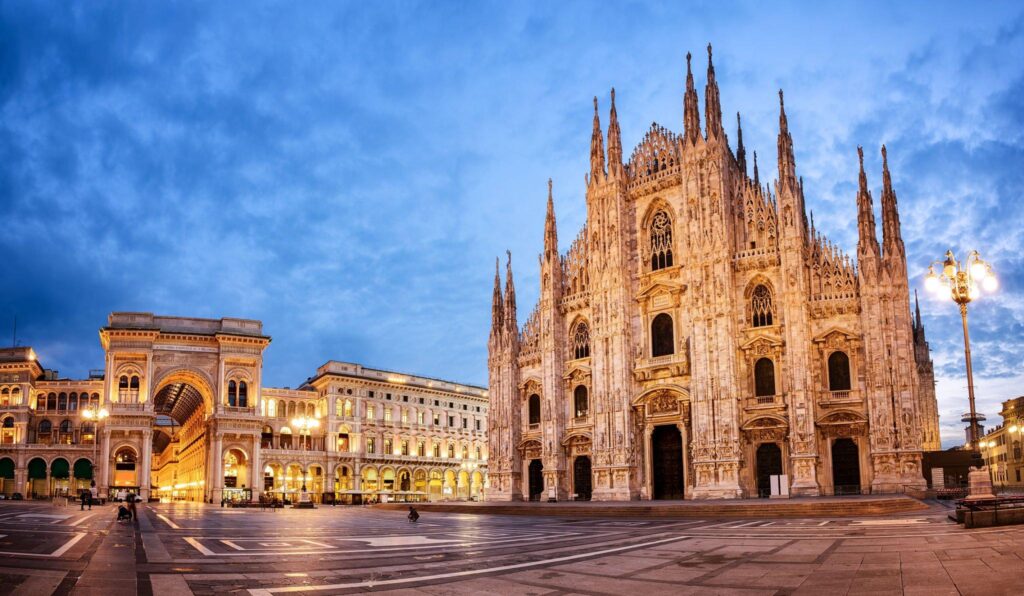
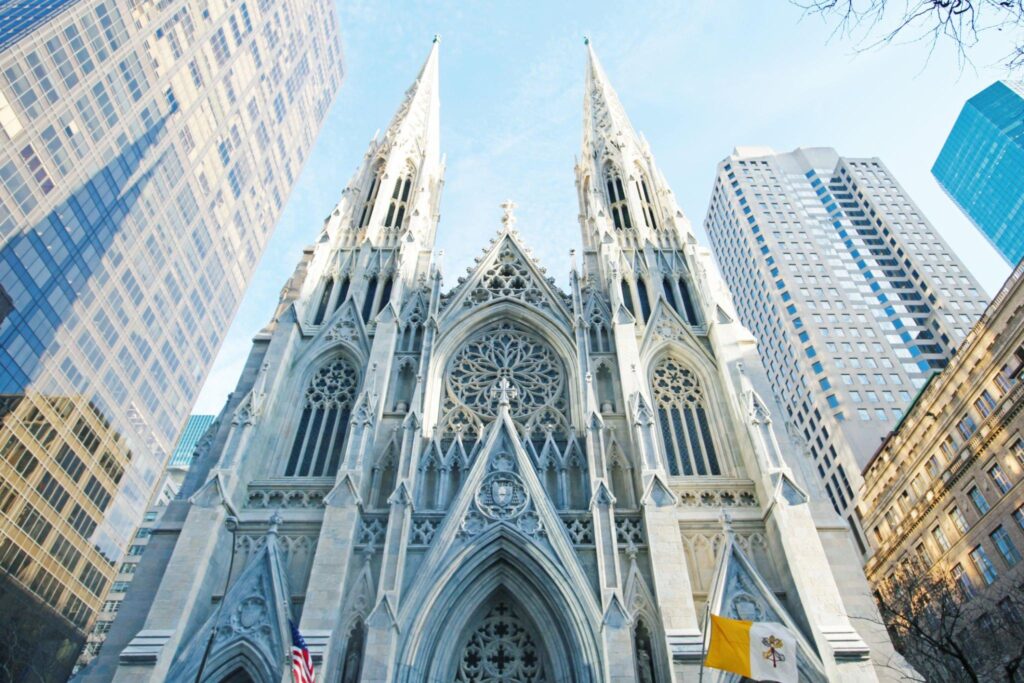
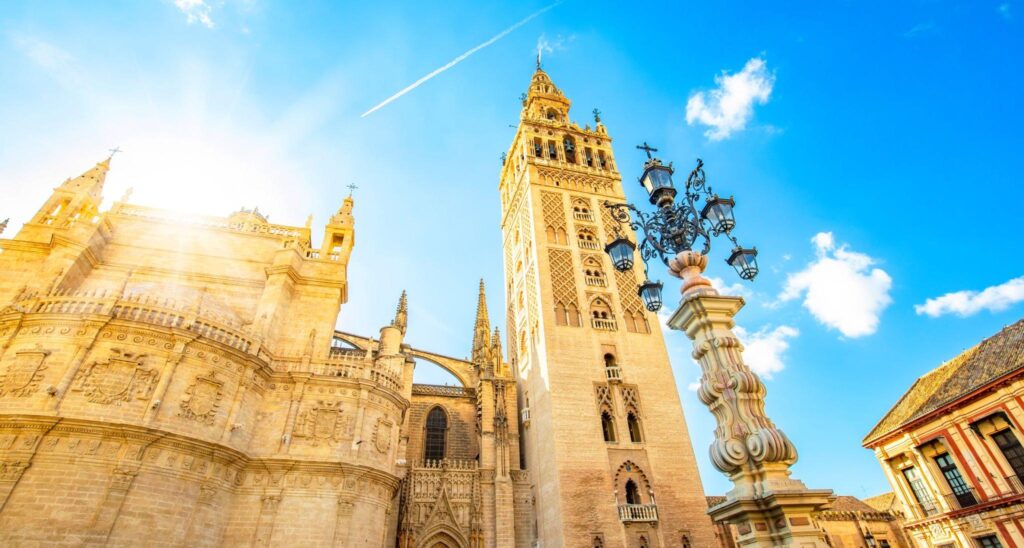
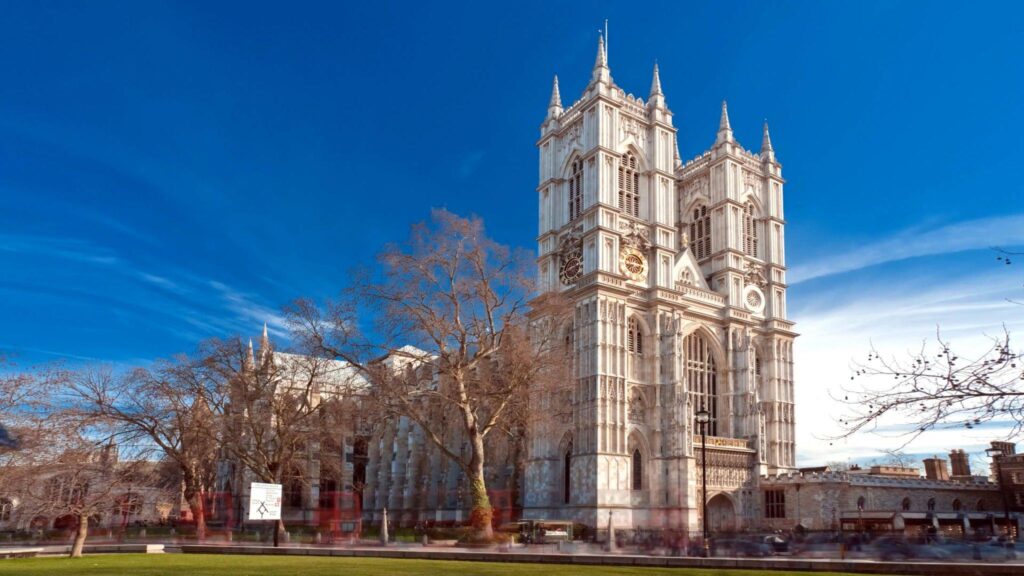

Comments
Here are 10 World’s Largest Cruise Ships
Here are 10 World’s Largest Cruise Ships
From Love to Longing: 10 Surprising Reasons of Marital Disconnection
Unveiling the Surprising facts about Zulfiqar Ali Bhutto
Unveiling the Surprising facts about Zulfiqar Ali Bhutto